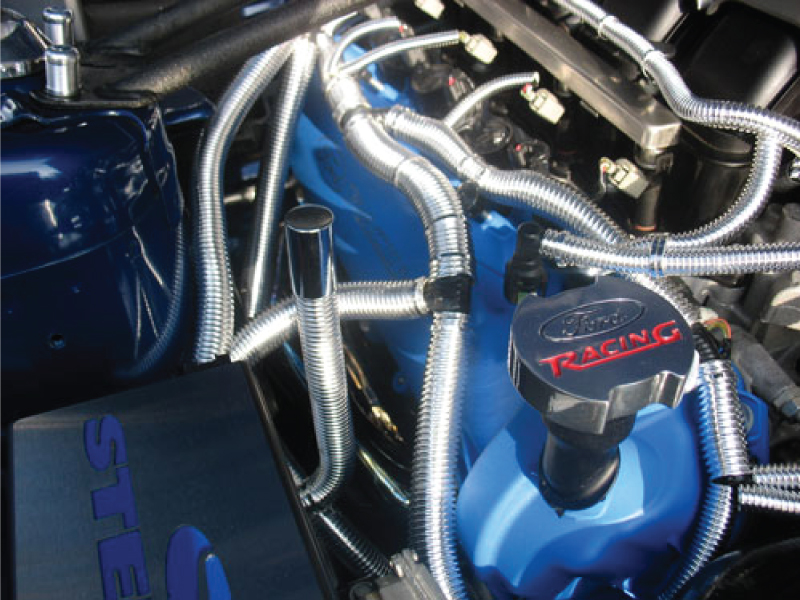

To open the shed controlled by the string heddles, the weaver relaxes tension on the warps and raises the heddles. On traditional looms, the two main sheds are operated by means of a shed roll over which one set of warps pass, and continuous string heddles which encase each of the warps in the other set. The weaver leans back and uses their body weight to tension the loom. One bar is attached to a fixed object and the other to the weaver, usually by means of a strap around the back. It consists of two sticks or bars between which the warps are stretched. Andean textiles, still made today with the back strap loom, originated thousands of years ago with the same back strap loom process. The back strap loom (also known as belt loom) is a simple loom that has its roots in ancient civilizations. One bar is attached to the ceiling of the traditional T'boli longhouse, while the other is attached to the lower back. T'boli dream weavers using two-bar bamboo backstrap looms ( legogong) to weave t'nalak cloth from abacá fiber. A pit loom has a pit for the treadles, reducing the stress transmitted through the much shorter frame. Each of these can be constructed fairly simply they provide work and income in developing economies. Handlooms have a variety of frame shapes, including the simple frame loom, pit loom, free-standing loom, and the pegged loom.
#3 4 WIRE LOOM FREE#
It was a frame loom, equipped with treadles to lift the warp threads, leaving the weaver's hands free to pass and beat the weft thread. The earliest evidence of a horizontal loom is found on a pottery dish in ancient Egypt, dated to 4400 BC. Loom frames can be roughly divided by to the orientation of the warp threads, into horizontal looms and vertical looms. An automatic loom requires 0.125 hp to 0.5 hp to operate. This will brake the loom if the weft thread breaks. To become fully automatic, a loom needs a tertiary motion, the filling stop motion. At the same time, the warp yarns must be let off or released from the warp beams.

There are two secondary motions, because with each weaving operation the newly constructed fabric must be wound on a cloth beam. Conventional shuttle looms can operate at speeds of about 150 to 160 picks per minute. After the shuttle moves across the loom laying down the fill yarn, the weaver uses the reed to press (or batten) each filling yarn against the fell. The portion of the fabric that has already been formed but not yet rolled up on the takeup roll is called the fell. Between the heddles and the takeup roll, the warp threads pass through another frame called the reed (which resembles a comb). As the shuttle moves back and forth across the shed, it weaves an edge, or selvage, on each side of the fabric to prevent the fabric from raveling. A single crossing of the shuttle from one side of the loom to the other is known as a pick. The filling yarn emerges through a hole in the shuttle as it moves across the loom. In a traditional shuttle loom, the filling yarn is wound onto a quill, which in turn is mounted in the shuttle. The shuttle is normally pointed at each end to allow passage through the shed. The filling yarn is inserted through the shed by a small carrier device called a shuttle. As the harnesses raise the heddles or healds, which raise the warp yarns, the shed is created. Two common methods of controlling the heddles are dobbies and a Jacquard Head. The weave pattern determines which harness controls which warp yarns, and the number of harnesses used depends on the complexity of the weave. The yarns are passed through the eye holes of the heddles, which hang vertically from the harnesses.
#3 4 WIRE LOOM SERIES#
This is a rectangular frame to which a series of wires, called heddles or healds, are attached.


On the modern loom, simple and intricate shedding operations are performed automatically by the heddle or heald frame, also known as a harness. Shedding is the raising of part of the warp yarn to form a shed (the vertical space between the raised and unraised warp yarns), through which the filling yarn, carried by the shuttle, can be inserted, forming the weft. In the loom, yarn processing includes shedding, picking, battening and taking-up operations. The major components of the loom are the warp beam, heddles, harnesses or shafts (as few as two, four is common, sixteen not unheard of), shuttle, reed and takeup roll. the ones stretched on the loom (from the Proto-Indo-European * werp, "to bend" ) with the transverse threads, the weft, i.e. Weaving is done by intersecting the longitudinal threads, the warp, i.e.


 0 kommentar(er)
0 kommentar(er)
